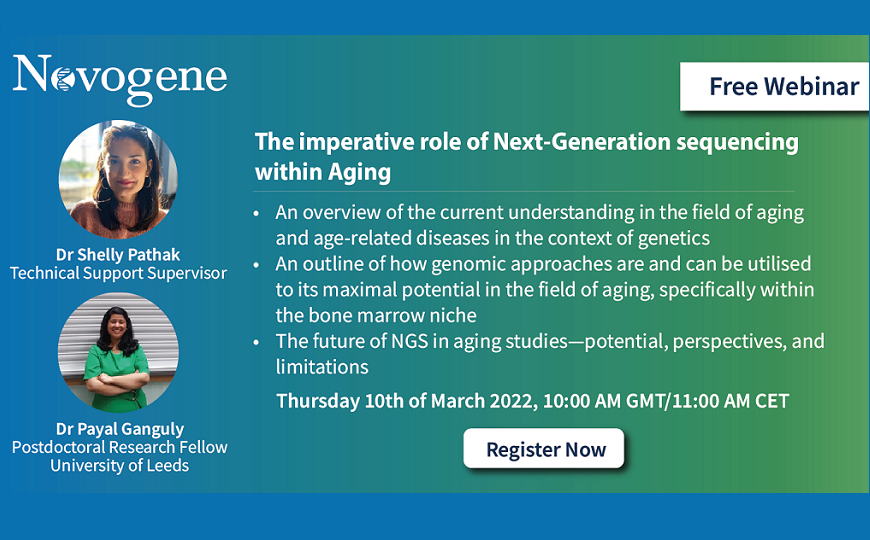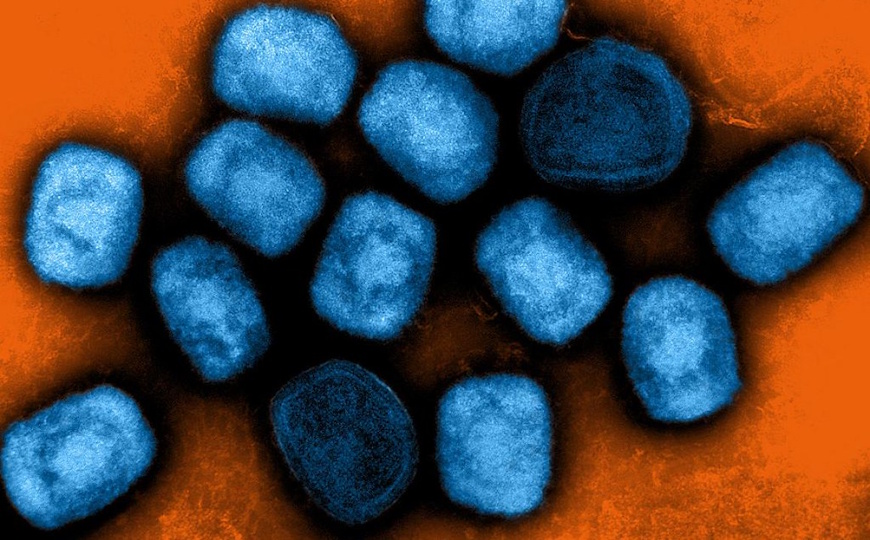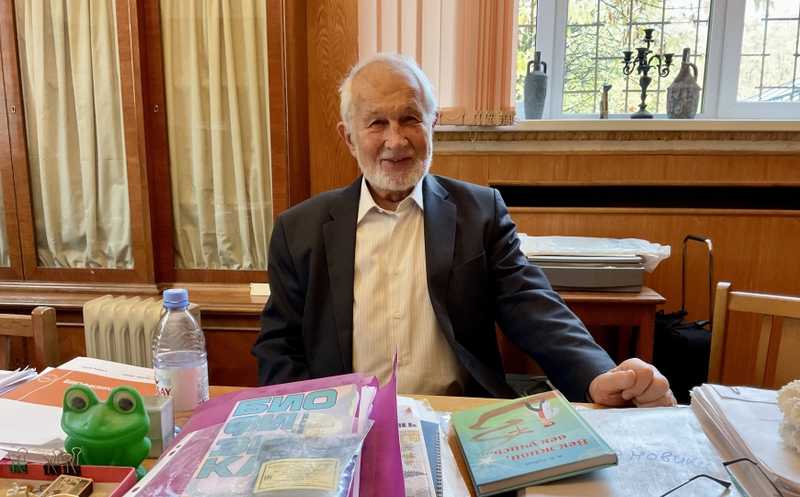The imperative role of Next-Generation sequencing within Aging
 Онлайн
Онлайн
Novogene

One of the most recent advances within the field of biomedical science has been the advent of next generation sequencing (NGS) techniques since the mid-2000s. This was built upon initial works such as Sanger sequencing and capillary electrophoresis methodology. NGS, which can also be referred to as ‘deep’ or ‘massively parallel’ sequencing, enables multiplexed analysis of DNA sequences on a large scale – millions to billions of sequences from single DNA strands can be analysed separately, but simultaneously. This technology enables the complete analysis of an entire human genome in a few days.
The aging bone marrow (BM) is an essential field of study, with an ever-growing interest among fellow scientists. The nine ‘hallmarks of aging’ together determine the aging phenotype, and based on these, continued efforts are being made to investigate the age-related changes observed within the BM. “Inflammaging” is considered as a low-grade state of inflammation associated with aging, and whilst the possible mechanisms by which aging occurs are now largely understood, the processes leading to the underlying changes within aged BM remain elusive.
Combining both the fields of NGS and aging, we can employ molecular-level applications to not only determine genomic base changes but provide transcriptional profiling (RNA-seq), as well as a high-throughput analysis of DNA–protein interactions (ChIP-seq). Utilising NGS to explore the genetic alterations occurring over the aging process within alterative cell types facilitates the comprehension of the molecular and cellular changes influencing the dynamics of aging BM.
So, for this webinar, we are delighted to present the highlights of the current review published in November 2021 within the International Journal of Molecular Sciences. The main presentation will also be followed by a Q&A session.


 Меню
Меню





 Все темы
Все темы







